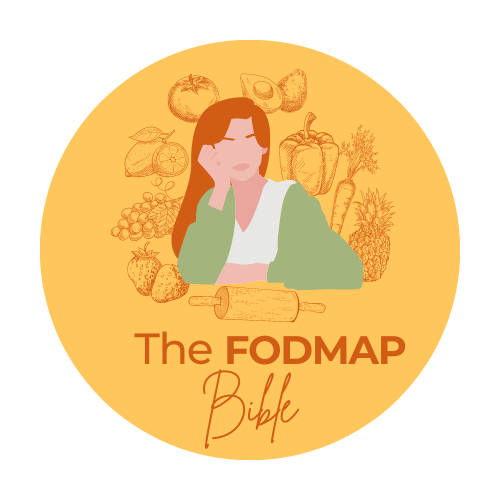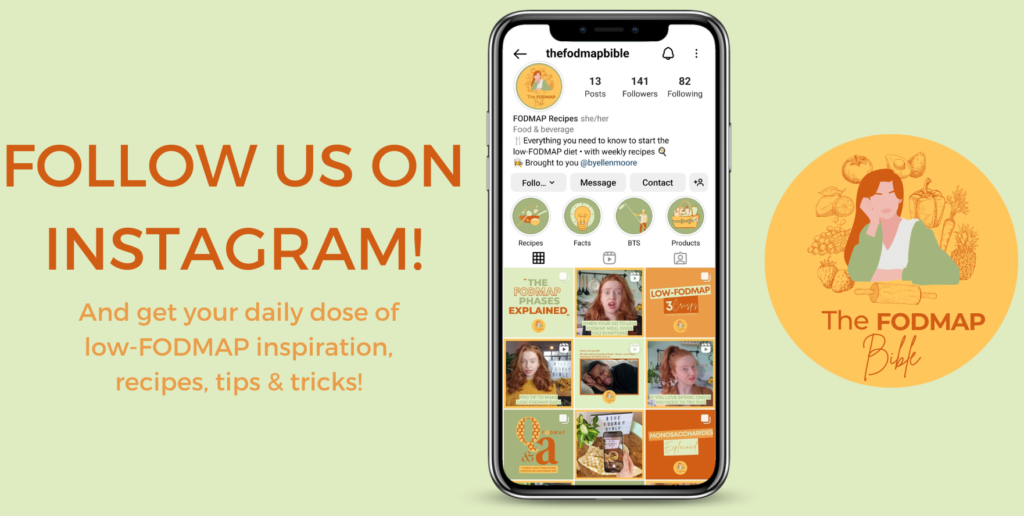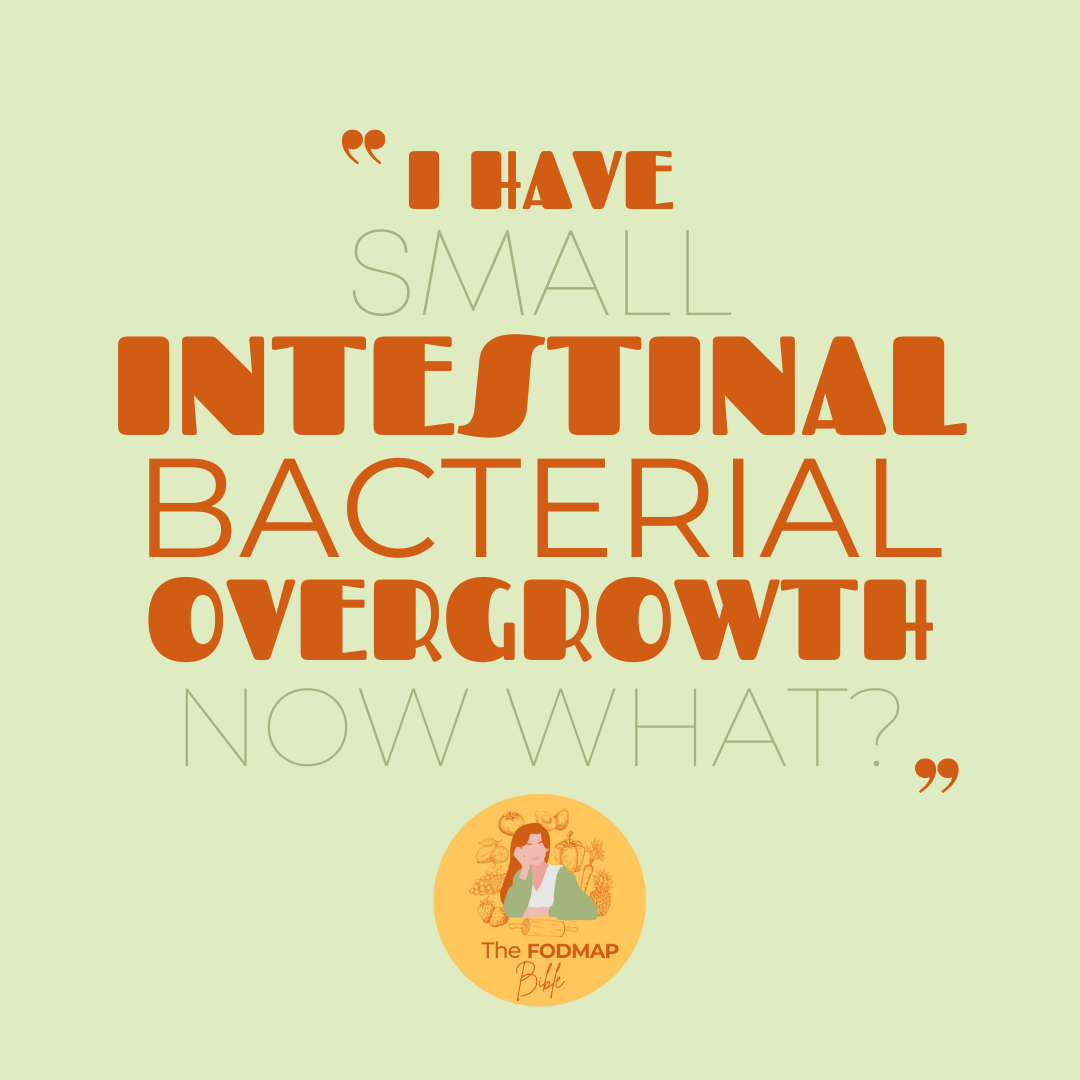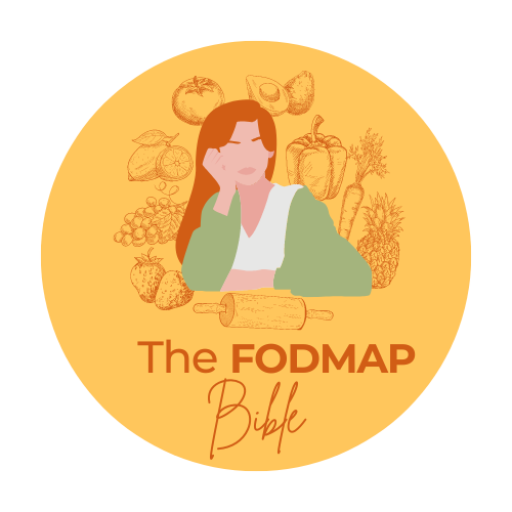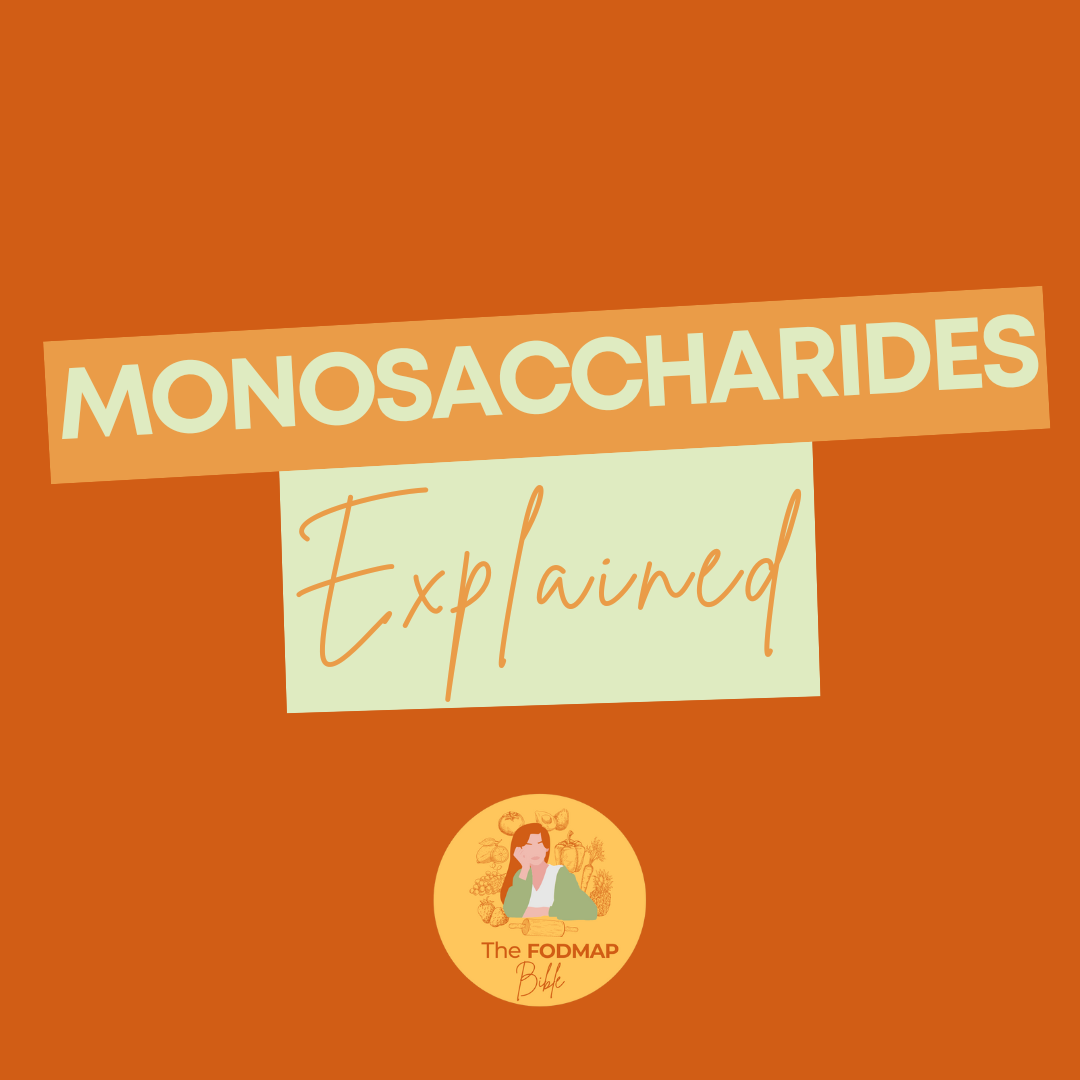
Monosaccharides Explained
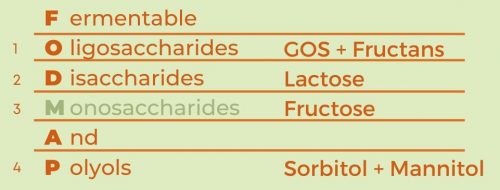
The term FODMAP was coined to give a name to the 4 categories of short-chain carbohydrates which all irritate the gut, one way or another.
In order to properly understand the FODMAP diet, the ways it works and why not sticking to the diet causes so many symptoms, we need to begin by understanding what the various parts of the word FODMAP mean. Today we’re taking a closer look at the second to last category: monosaccharides.
Monosaccharides
Even though monosaccharides are what the fourth letter of the word FODMAP stands for, it’s important to start the explanation of the low-FODMAP diet here, because monosaccharides are the most simple short-chain carbohydrates that irritate the gut and in order to understand the more complicated short-chain carbohydrates one needs to be able to fully understand the science behind monosaccharides.
Monosaccharides form the building blocks, from which all carbohydrates are made. Monosaccharides are simple sugars which are usually:
· Colorless;
· Water-soluble;
· Solid crystals.
Contrary to what their name – sugars – might suggest, not all monosaccharides have a sweet taste.
There are a variety of monosaccharides, including:
· Glucose (also known as dextrose);
· Fructose (also known as levulose);
· Galactose.
Disaccharides
When two monosaccharides are joined together their name changes. It becomes a disaccharide.
Disaccharides are the type of short chain carbohydrates for which the third letter of the word FODMAP stands.
We’ll get to disaccharides in another blogpost, since lactose is a disaccharide, but let’s first get familiar with monosaccharides.
The Science
The monosaccharide glucose (arguably) plays the most important role in the human metabolic system.
In order to use food as fuel, the body needs to breaks down any and all foods into smaller pieces.
Some foods turn into amino or fatty acids, but most carbohydrates are broken down into the previously mentioned monosaccharide: glucose.
But why do monosaccharides cause so many symptoms?
Monosaccharides are one of the four categories of short chain carbohydrates which that may cause symptoms in people with Irritable Bowel Syndrome (IBS) and / or Small Intestinal Bacterial Overgrowth (SIBO). These symptoms can include abdominal pain, bloating, constipation, diarrhea and nausea.
But the question remains, why do these short chain carbohydrates cause so many problems? Well, the first letter of the term FODMAP stands for fermentation and that chemical process of fermentation is exactly what causes your symptoms. So what exactly does fermentation do?
‘You may have heard of fermentation in connection with yeast. Yeast performs fermentation to produce energy by converting sugar into alcohol and carbon dioxide. Fermentation turns fruit juices into wine and grain mash into beer or whiskey.
The carbon dioxide produced by fermentation makes the bubbles in beer and some kinds of wine, and causes bread to rise.
Bacteria in our colon extract energy by fermenting carbohydrates, but the fermentation process also yields gasses. In the case of glucose [the monosaccharide into which fructose needs to be broken down, in order to digest it] the fermentation process leads to hydrogen, carbon dioxide and methane.
In addition to accumulating gasses, polyols, monosaccharides, disaccharides and small undigested remnants of oligosaccharides cause what is called an osmotic effect.’ 1
Osmosis explained
Osmosis refers to the movement of water molecules from a solution with many water molecules, to a solution with little water molecules.
In the digestive system, osmosis occurs as the result of compounds like (1) salt, (2) poorly digested or (3) completely undigested remnants of FODMAP’s.
These three compounds all attract water like a magnet, resulting in a more watery stool than it would have been without the occurrence of osmosis.
This osmotic reaction leads to bloating, gas, diarrhea and pain. Thus osmosis – also known as an osmotic reaction – is an important process to understand, to gain a better understanding of where your symptoms come from. That being said, osmosis is quite shit – literally and figuratively – to experience.
Want to know more about all things low-FODMAP? Follow us on Instagram & TikTok @theFODMAPbible – for recipes, inspiration, explanations and loads of advice on how to make your life on the low-FODMAP diet as enjoyable as it would have been without. Trust me: you won’t regret it, pinky promise!
We hope to see you on our socials 🙂

Please note that we are NOT doctors & we do NOT provide any medical advice
If you’re struggling with symptoms – that could potentially be a gastrointestinal disorder like Irritable Bowel Syndrome (IBS), Inflammatory Bowel Disease (IBD) or Small Intestinal Bacterial Overgrowth (SIBO) – we strongly suggest for you to seek medical help and recommend you to reach out to a healthcare professional, who can offer you the right guidance.
We want to emphasize that the low-FODMAP diet is a medically induced diet, that should be started only when a doctor diagnosed you with a gastrointestinal disorder and should always be done under strict supervision of a specialized dietician or other healthcare professional.
Nonetheless, we maintain strict policies when it comes to the prevention of spreading fake news. Our posts are written by research journalist @byellenmoore and are based upon both scientific research and her own personal experiences with being on the low-FODMAP diet, as a patient suffering from Irritable Bowel Syndrome (IBS). We share what we know, to give you a better understanding of that from which you suffer, in order to make your journey – going low-FODMAP – a little bit easier!
Sources
1: Warmflash, David. 2015. “Fermentable Foods: Trouble in Your Diet.” American Chemical Society. March 2015. https://www.acs.org/content/acs/en/education/resources/highschool/chemmatters/past-issues/archive-2014-2015/fodmap-intolerance.html.
